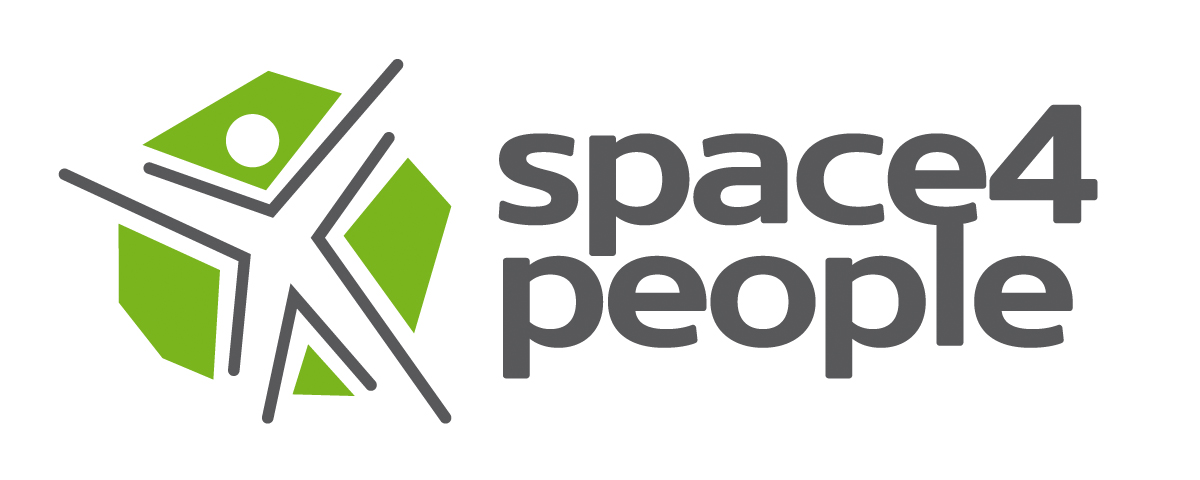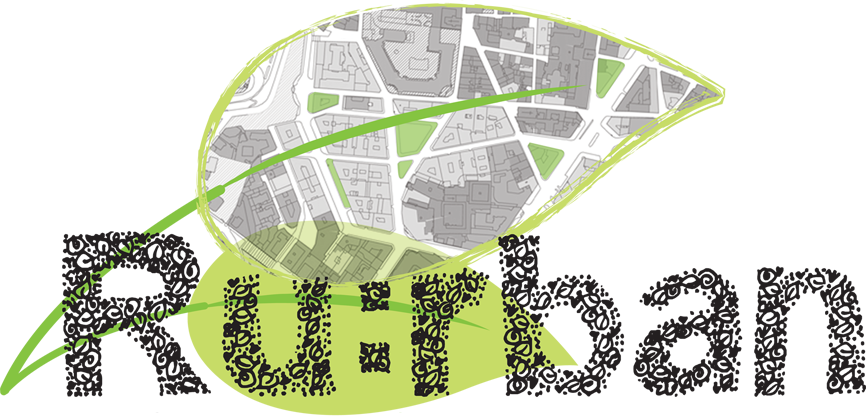News from our cities and networks
Edited on
26 November 2021Latest updates from our cities and networks, from 'fierce love' and new tech business to lively highstreets and city park picnics
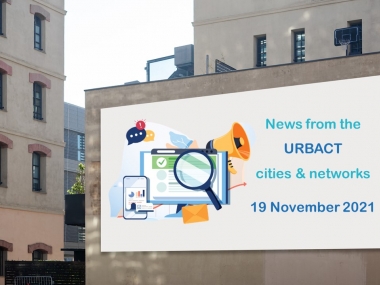
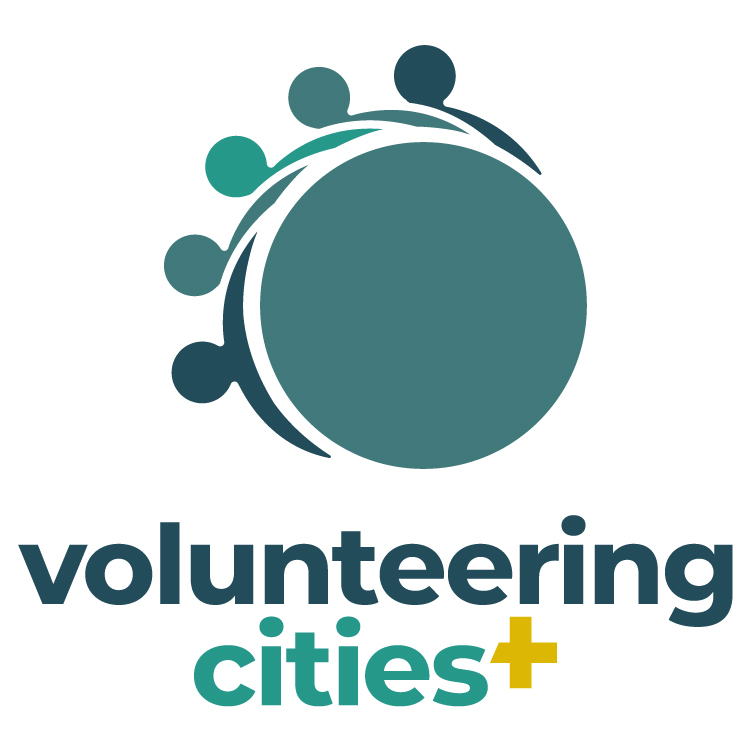 Looking for just societies through volunteering
Looking for just societies through volunteering
Find out what's new in the 'second wave' Volunteering Cities+ network, not least its four new partner cities. See how the volunteerism they promote will help achieve the 2030 Agenda principles of ensuring "no one is left behind" and working to "reach the furthest behind first".
 Local groups: worth the struggle
Local groups: worth the struggle
Half way through their URBACT journey, the small and medium-sized cities in the ActiveCitizens network share experiences of running their URBACT Local Group. Discover their full honest insights, warts and all! (and hang on in there for the happy ending!)
Discover how this Romanian town is engaging residents in creating lively spaces for people – thanks to its work with the Space4People network. All about developing new mobility solutions for attractive public space.
 What's love got to do with it?
What's love got to do with it?
EU city partners in the ‘second wave’ TechRevolution 2.0 network got a taste of the 'fierce love' that helped Barnsley (UK) become an internationally respected, local job-boosting tech hub. See what they discovered.
A tour of the USE-IT network from the perspective of its Lead Expert. Birmingham’s (UK) USE-IT project took an innovative, collaborative approach to regeneration – to benefit more local people. Three more cities are learning to adopt similar schemes.
Rome (IT) is sharing its successful urban gardens management model with four more EU cities, having transferred good practice to six cities in a first RU:RBAN network. The network’s Expert presents the new partners – all using urban gardens to improve life for residents.
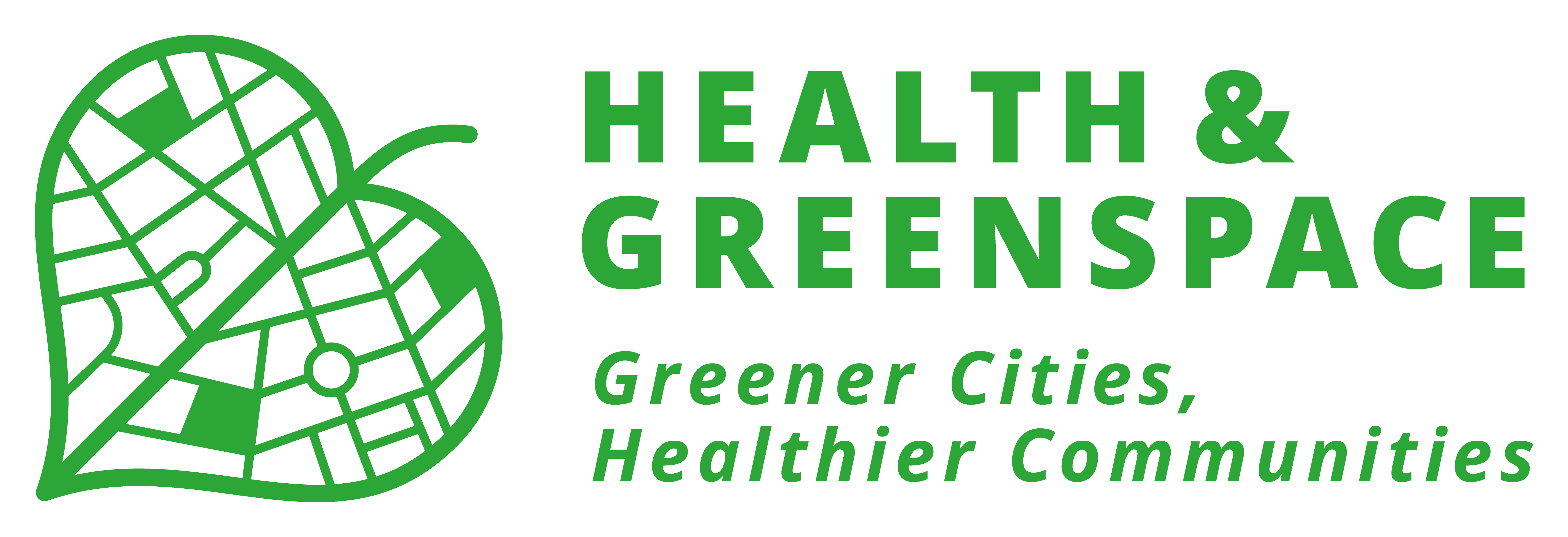 Latest from Health&Greenspace cities
Latest from Health&Greenspace cities
- The network’s partner cities attended a peer review workshop in Messina (IT) and discussed urban nature solutions, such as the host’s green project ForestaME, which draws on Budapest’s (HU) use of parks for rehabilitation, and Breda’s (NL) re-use of an abandoned train station.
- Nearly 70 people, half of them children, took part in excursions and a discovery trail to fuel enthusiasm for the new ‘Seeligpark’ in Breda (NL), and make people “better acquainted with nature in the city”.
- The City of Poznań (PL) is continuing to explore how to share its existing greenspace by opening Family Allotment Gardens (FAG) to residents. One key to success so far has been the URBACT Local Group, with 50 people representing 28 local institutions, now set to become a permanent ‘green city’ platform.
- Meanwhile, in Limerick (IE), wildlife safaris and other nature-related activities, such as guided walks, more ‘Let it Bee’ areas and space for natural play, the procurement of a landscape architect, and more!
- In Hegyvidék-Budapest (HU), a picnic for the elderly is part of a new programme combining the positive physiological effects of the green environment with promoting mental health.
- Espoo´s (FI) new booklet shows you how to design a health nature trail – a short and visual guideline is available for download.
- Santa Pola (ES) has a brand new Public Participation Plan on the landscape study of the future Municipal Natural Park of its Mountain Chain and Cape.
- Inspired by URBACT to plan a new Spatial Planning Department, Tartu (EE) visited a similar, recently established bureau in its own capital, Tallinn.
- Suceava (RO) draws inspiration on forest park infrastructure, set-up and use of natural materials in Sibiu (RO).
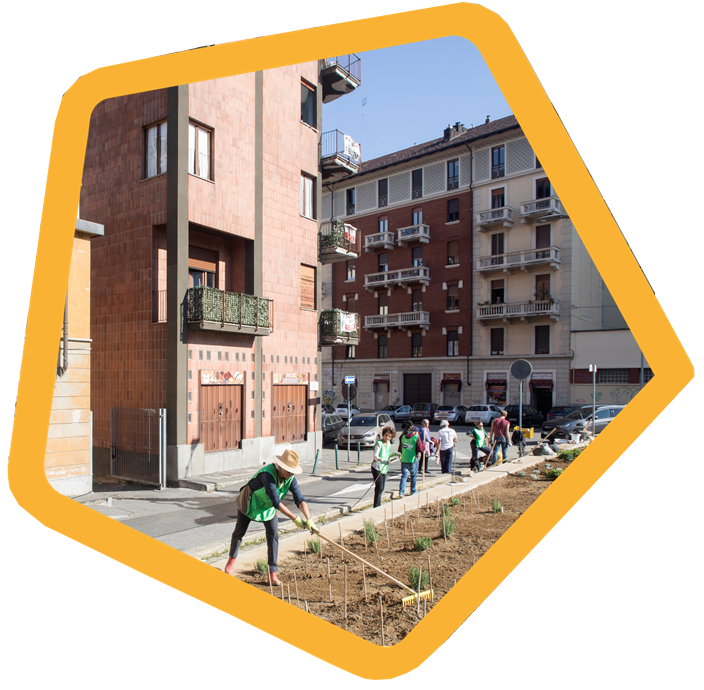
Read our publication for stories from cities understanding, adapting and re-using URBACT Good Practices: Good Practice Transfer – Why not in my City?
We hope you enjoy this URBACT city news round-up. If you have any news to share from URBACT cities, or ideas for more stories on sustainable urban development, get in touch!
URBACT promotes sustainable, integrated urban development, supporting exchange and learning between EU towns and cities. Since its launch URBACT III has enabled the creation of 83 networks involving 454 cities from 28 countries. Almost half of these cities have populations of under 100 000. Ongoing projects include Action Planning Networks, Transfer Networks, and National Practice Transfer Initiatives. Meanwhile five networks are transferring urban solutions from UIA projects, and another is localising the Sustainable Development Goals.
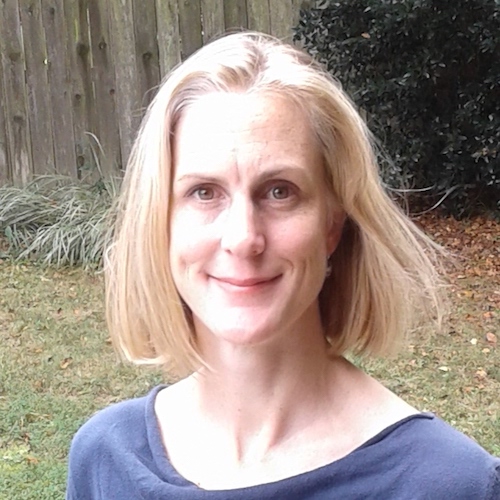 Submitted by Amy Labarrière on
Submitted by Amy Labarrière on

